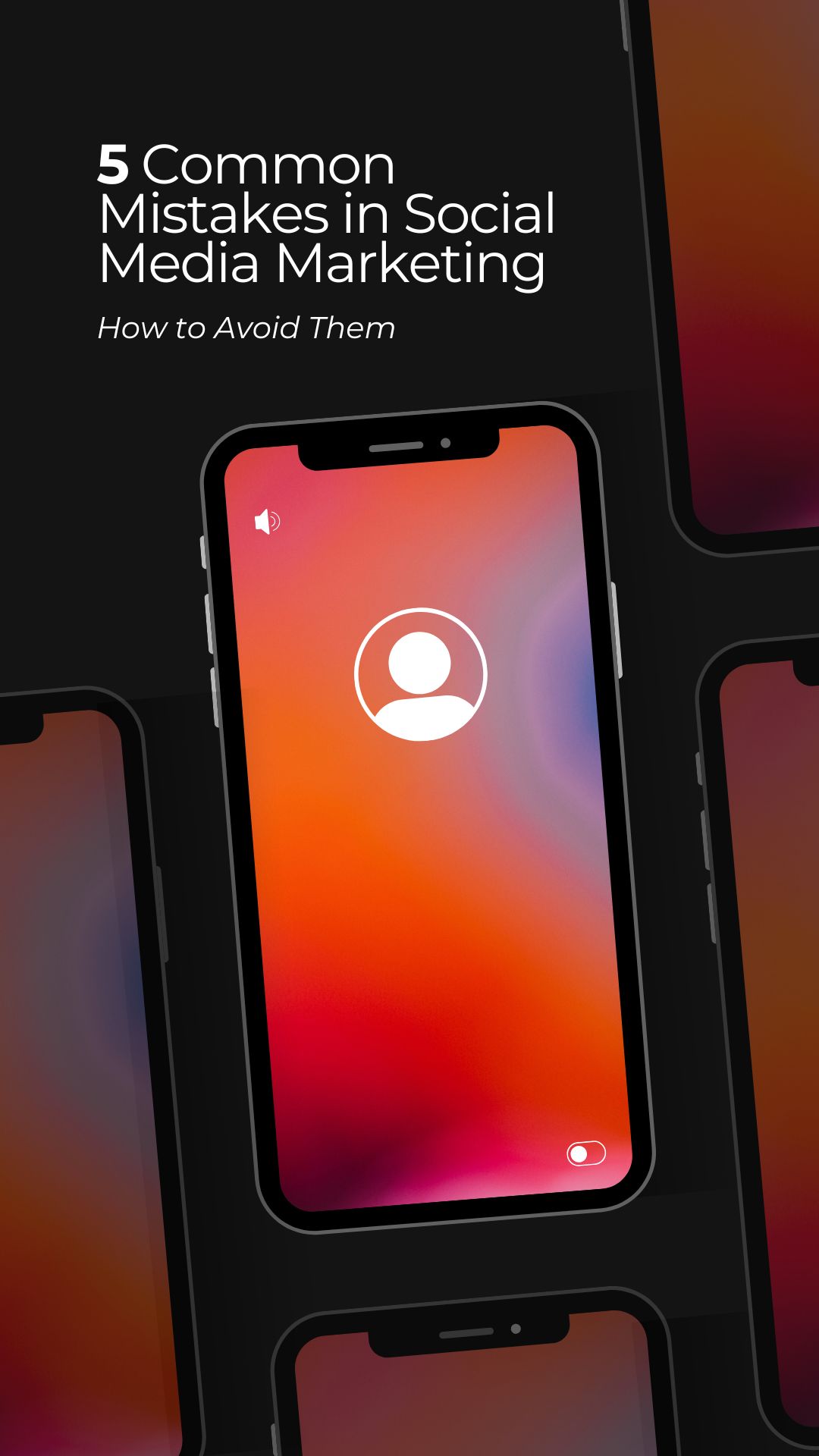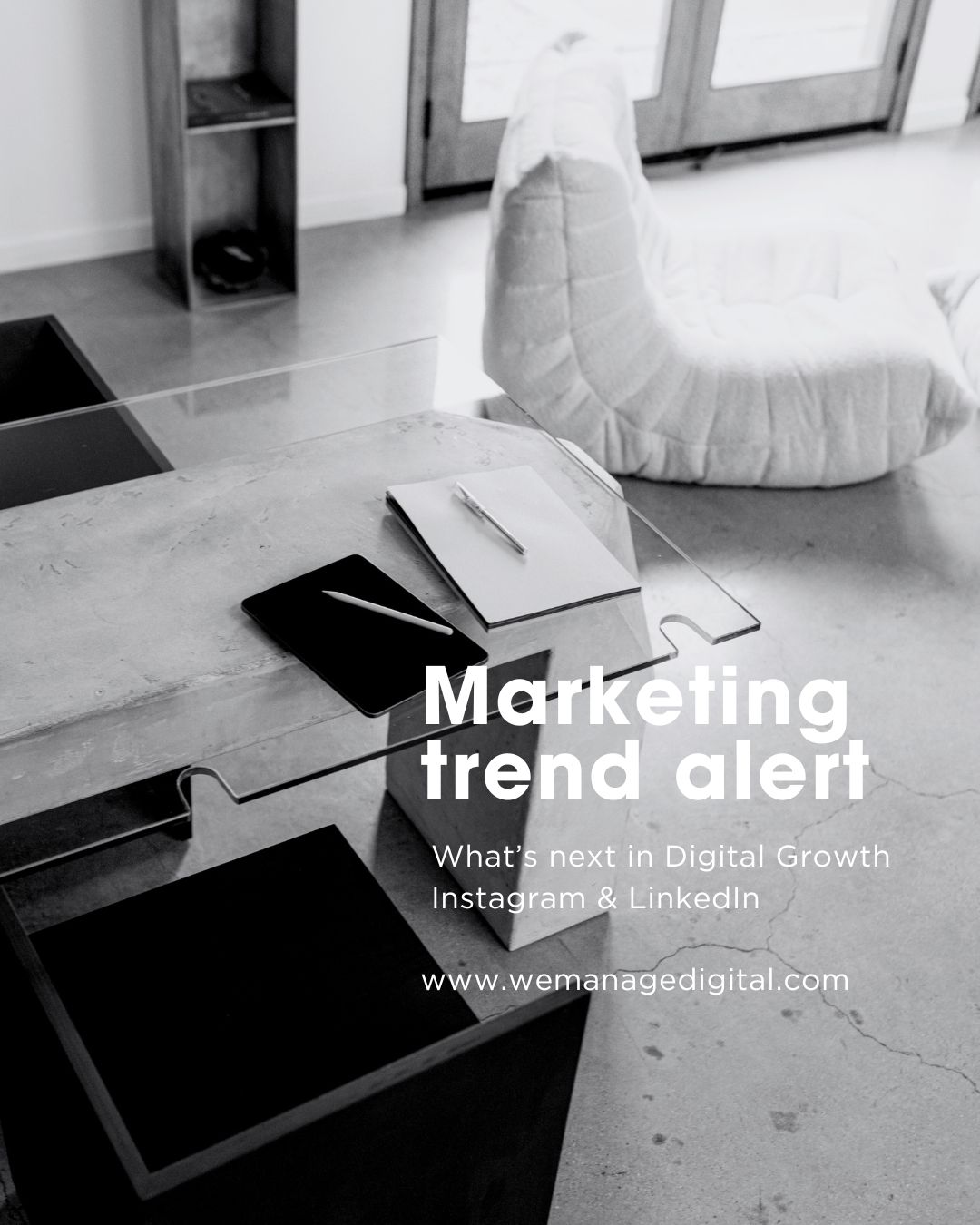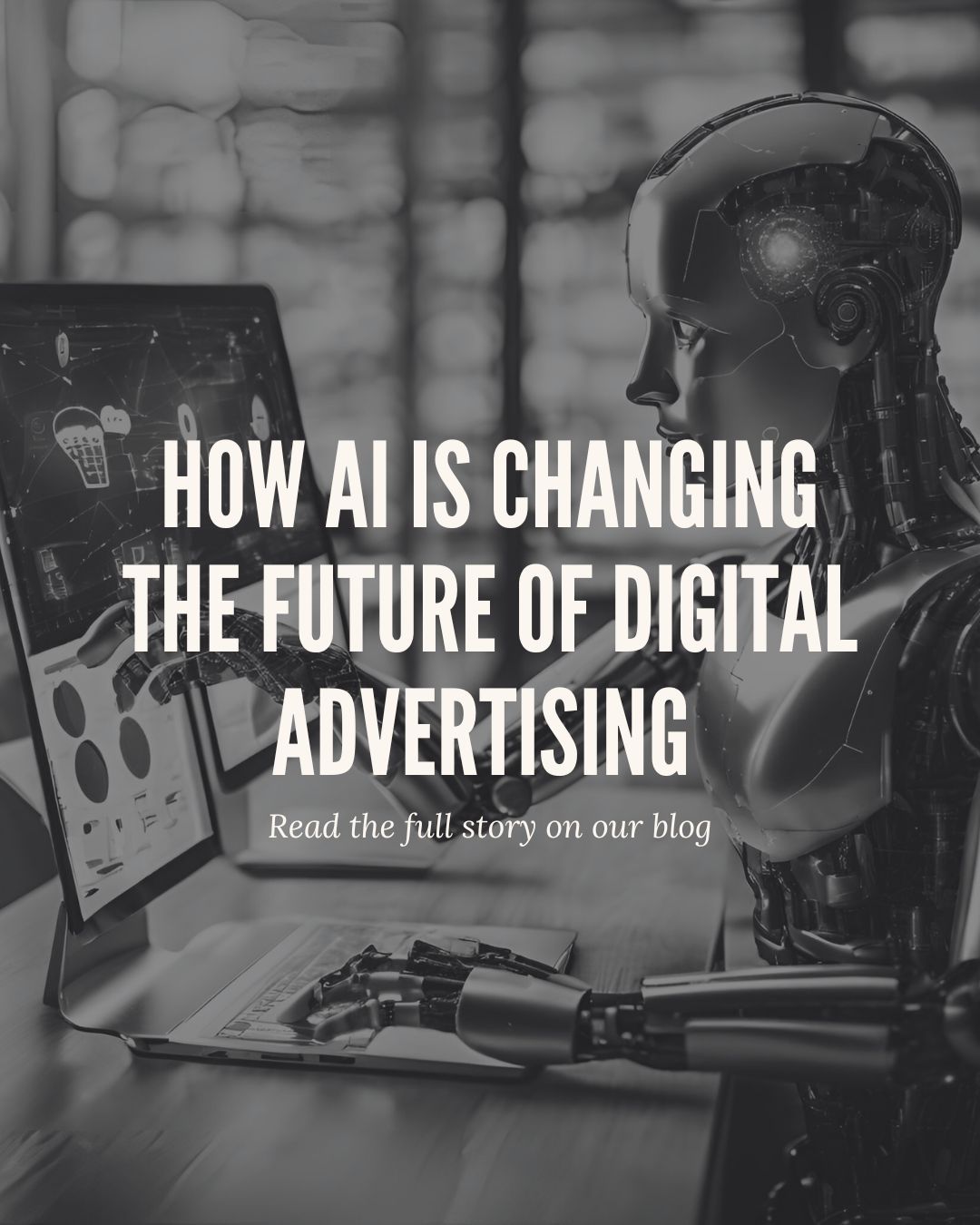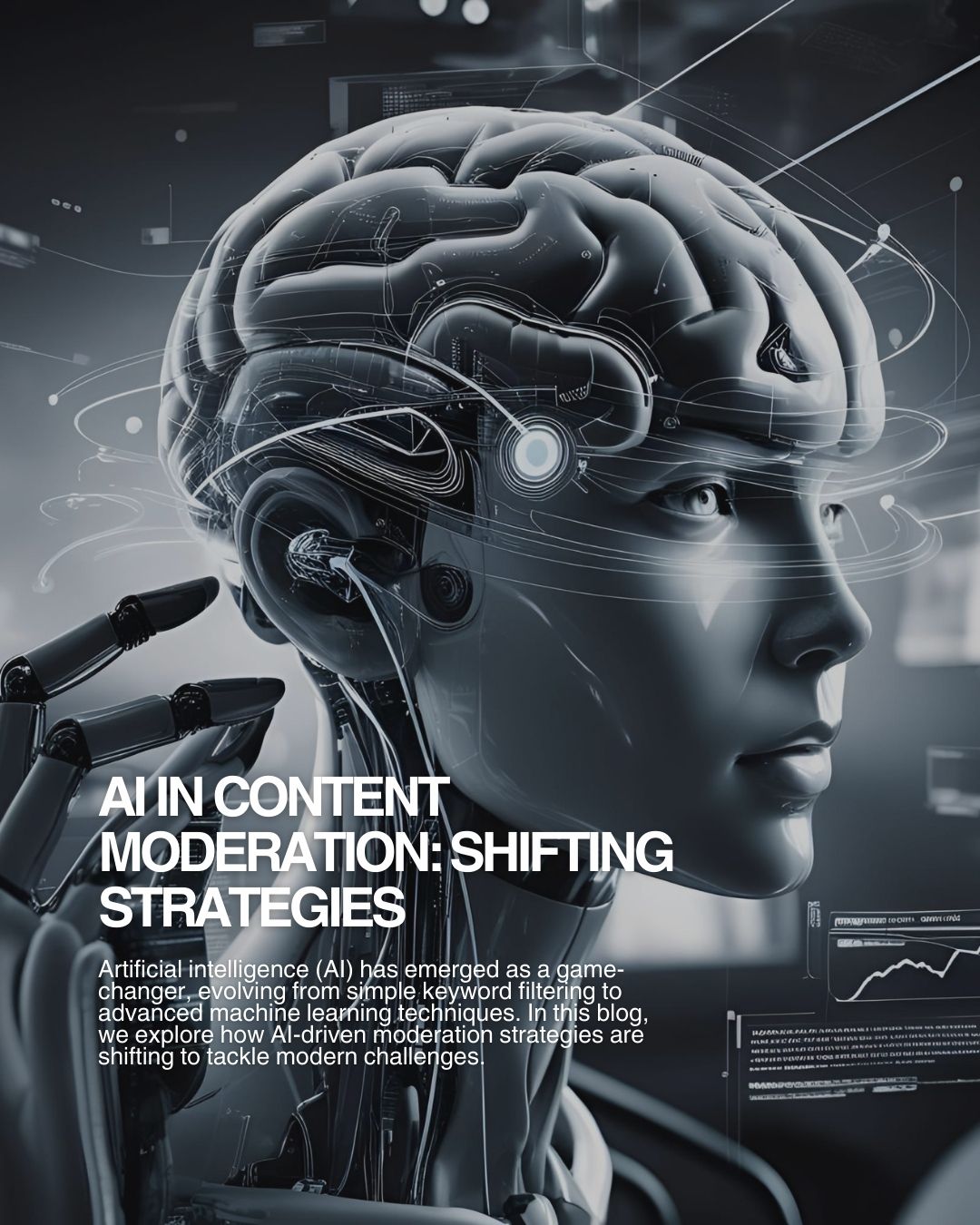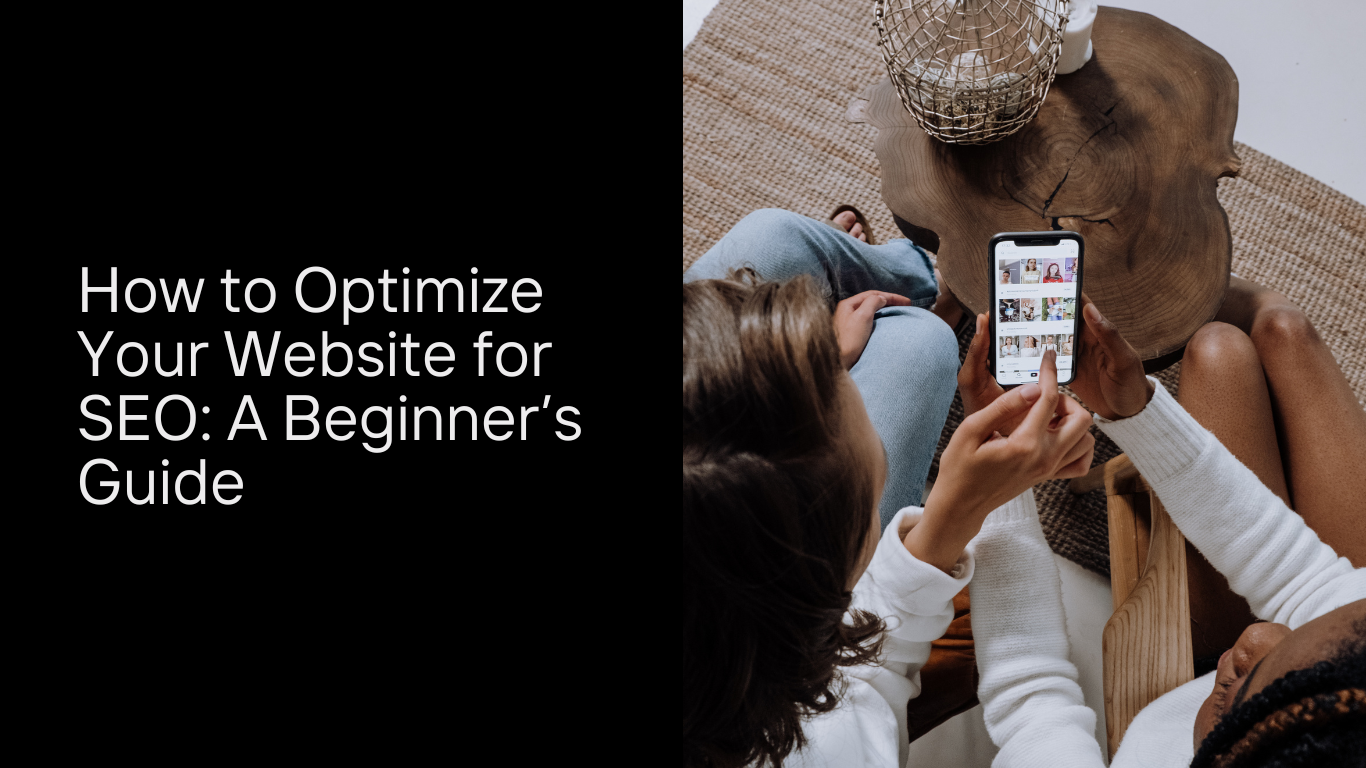
Facebook remains one of the most powerful platforms for advertising, with its robust targeting options, large user base, and various ad formats. But to get the most out of your Facebook ad campaigns, it’s important to design ads that not only capture attention but also convert users into customers. In this post, we’ll share actionable tips and best practices for creating Facebook ads that drive results.
1. Define Clear Campaign Goals
Before creating any ad, it’s crucial to define your campaign’s objective. Facebook provides several advertising objectives to choose from, including:
- Brand Awareness
- Reach
- Traffic
- Engagement
- Leads
- Conversions
Choosing the right objective helps Facebook optimize your ad delivery for your specific goal, whether it’s driving website traffic, generating leads, or increasing sales.
2. Know Your Target Audience
The success of any Facebook ad depends on how well you target the right audience. Facebook’s targeting options allow you to specify:
- Demographics: Age, gender, location, education, job title, etc.
- Interests: Hobbies, entertainment preferences, lifestyle habits.
- Behaviors: Purchase activity, device usage, travel behavior, etc.
- Custom Audiences: Upload your customer list or create audiences based on website visitors.
- Lookalike Audiences: Facebook can help you find users similar to your existing customers, increasing the chances of conversion.
Best Practice: Start by creating buyer personas for your audience to better understand their needs, preferences, and pain points.
3. Craft Compelling Ad Copy
Your ad copy plays a crucial role in convincing users to take action. Here are some tips for writing high-converting ad copy:
- Be Clear & Direct: Quickly communicate what you’re offering and what value the user will gain.
- Highlight Benefits, Not Features: Instead of focusing solely on what your product does, focus on how it benefits the user.
- Use Power Words: Include emotional or action-oriented words like “Exclusive,” “Limited Time Offer,” “Free,” or “Unlock.”
- Keep It Short: Users scroll quickly through their feeds, so keep your message concise and to the point.
- Include a Strong Call-to-Action (CTA): Encourage users to take action with clear CTAs such as “Shop Now,” “Learn More,” “Get Started,” or “Download.”
4. Use Eye-Catching Visuals
Since Facebook ads are visual by nature, the image or video you use is often what grabs attention. Follow these best practices for ad visuals:
- High-Quality Images: Use sharp, high-resolution photos that represent your brand or product.
- Consistency with Your Brand: Your ad visuals should align with your brand’s aesthetic and color scheme.
- Use Videos to Engage: Videos tend to have higher engagement rates than images. Create short, captivating videos that quickly convey your message.
- Show Your Product in Action: People respond well to visuals that demonstrate the product being used, highlighting its key benefits.
- Use Minimal Text in Images: Facebook prefers ads with less text in the image itself. Keep text minimal to avoid limiting your ad’s reach.
5. Test Different Ad Formats
Facebook offers a variety of ad formats, each with its own strengths. Here are some formats to consider:
- Single Image Ads: A simple yet effective format. Use this if you have a powerful image to convey your message.
- Video Ads: Perfect for storytelling, product demos, or tutorials.
- Carousel Ads: Ideal for showcasing multiple products or features in one ad. Users can scroll through up to 10 images or videos.
- Slideshow Ads: A lightweight video ad format that combines multiple images with motion and text.
- Collection Ads: Great for e-commerce, these ads allow users to browse products directly from the ad.
Best Practice: Test different ad formats to see which works best for your specific audience and product.
6. Optimize Your Landing Page
A well-optimized landing page is just as important as the ad itself. If users click on your ad but land on a page that doesn’t align with their expectations, you’ll lose conversions. Here’s how to optimize your landing page:
- Consistency: Ensure that the message and visuals in your ad align with the landing page content.
- Fast Load Time: A slow-loading page will lead to higher bounce rates. Make sure your landing page loads quickly, especially on mobile.
- Clear Call-to-Action: The landing page should have a clear CTA that matches the one in the ad, whether it’s a form submission, purchase, or download.
- Mobile-Friendly Design: With a large portion of Facebook users on mobile, ensure your landing page is fully responsive and easy to navigate on smaller screens.
7. Set an Appropriate Budget and Bid Strategy
Facebook ads allow you to set daily or lifetime budgets, as well as manual or automatic bids for ad placement. Here’s how to manage your budget effectively:
- Start Small: If you’re new to Facebook advertising, start with a smaller budget to test what works.
- Manual vs. Automatic Bidding: Automatic bidding is generally a good choice for beginners as Facebook will optimize for the best results. However, experienced advertisers can experiment with manual bids to control costs.
- Monitor & Adjust: Keep an eye on your ad performance and adjust your budget or bid strategy as needed.
8. Monitor and Analyze Performance
Monitoring your ad’s performance is critical for maximizing its effectiveness. Use Facebook Ads Manager to track important metrics, including:
- Impressions & Reach: How many people saw your ad.
- Click-Through Rate (CTR): The percentage of people who clicked on your ad after seeing it.
- Conversion Rate: The percentage of clicks that led to the desired action (e.g., purchases or sign-ups).
- Cost per Conversion: How much you are paying for each conversion.
Best Practice: Regularly review your ad performance and make data-driven adjustments to improve results, such as tweaking your target audience, ad creative, or budget.

Conclusion
Creating high-converting Facebook ads requires a balance of strategic targeting, compelling visuals, persuasive copy, and continuous optimization. By defining clear goals, understanding your audience, and using the right ad formats, you can build Facebook ad campaigns that not only grab attention but also drive real results. Keep testing and refining your approach to ensure your ads remain effective and relevant to your audience.



